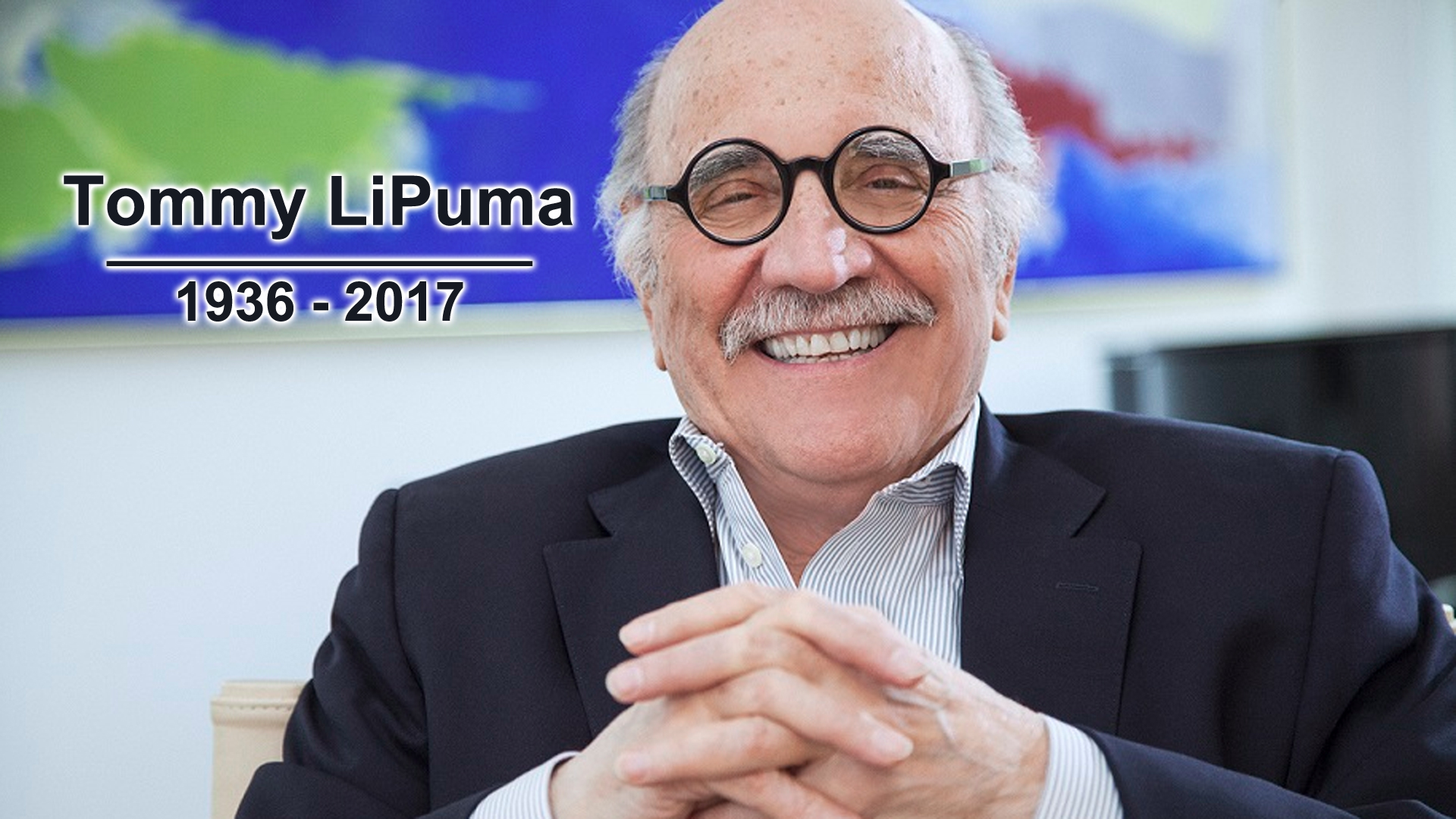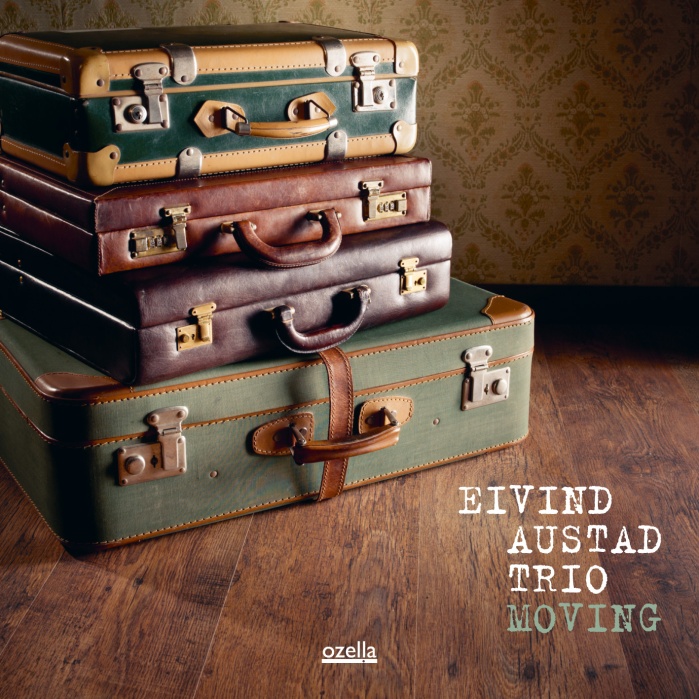Stefano Bollani
Sheik For Zappa
 By Emanuele Vassalli at balaclavareviews
By Emanuele Vassalli at balaclavareviews
Stefano freaked out! Due artisti a tutto tondo, due personalità bizzarre, due geni della musica. Stefano Bollani omaggia Frank Zappa, in un nuovo album adatto agli amanti della musica fuori dalle righe e della creatività. Il pianista nato a Milano rivisita alcuni brani storici del musicista italo-americano con un quintetto del tutto particolare, considerando che la chitarra è assente, mentre nei brani originali è uno degli strumenti dominanti. Il disco è stato registrato in presa diretta durante i vari concerti del tour “Sheik Yer Zappa” del 2011, senza il ricorso di aggiustamenti post-registrazione. La particolarità di questo album, e ciò che lo differenzia dagli altri “tributi”, è il fatto che i brani non sono stati suonati tali e quali gli originali, ma prevale l’improvvisazione, che Bollani e il suo gruppo svolgono in maniera egregia.
In una recente intervista, Bollani ha dichiarato che, seppur idolatrandolo, lui non avrebbe mai voluto suonare con Zappa, poiché
" era uno che ti faceva provare per otto ore al giorno, e pretendeva ogni volta i brani perfetti e così come erano stati scritti; mentre io sono uno che ama improvvisare, quindi probabilmente l’avrei scansato. "
Devo dire che questa reinterpretazione è davvero gradevole e ancora una volta fuori dal normale. Nelle parti improvvisate grande spazio è lasciato al vibrafono (molto presente anche nei brani di Zappa), suonato dal nativo dell’Illinois Jason Adasiewicz, scoperto da Bollani su YouTube. Nel Dicembre 2013, al Jazz Club di Ferrara, ho avuto il piacere di vedere un concerto dal vivo del suo trio Sun Rooms, nel quale Adasiewicz suona con Mike Reed e Nate McBride, e ciò che mi ha colpito è stata proprio la sua creatività e la sua maestria nel rendere uno strumento particolare come il vibrafono il pezzo forte del gruppo. Il titolo “Sheik Yer Zappa” è un riferimento al favoloso disco “Sheik Yerbouti” uscito nel 1979. Questo strano nome Zappa lo scelse per ironizzare sul mondo della disco music (che lui stesso amava) modificando il titolo della canzone “Shake Your Booty” dei KC & the Sunshine Band nel nome di uno sceicco (così come appare nella copertina). Questo nuovo disco di Bollani, comunque, non contiene solo interpretazioni dei brani in “Sheik Yerbouti”, ma anche altri classici zappiani come “Cosmik Debris”, “Bobby Brown Goes Down” (qui cantata da Bollani), “Blessed Relief”, “Eat That Question”, “Peaches En Regalia” e “Uncle Meat”, e l’aggiunta di tre inediti.
Alla notizia dell’uscita di questo album ero davvero estasiato, poiché vedevo realizzato il connubio tra due dei miei artisti preferiti, e non ne sono rimasto affatto deluso. Si possono identificare molte peculiarità in comune tra i due: oltre ad essere due musicisti senza alcuna barriera compositiva e ad essere due grandi esecutori ed interpreti, sono anche due personaggi (nel senso artistico del termine) da scoprire per quanto stravaganti e geniali. Si trovano somiglianze anche nei loro concerti: sono (e sono stati nel caso di Zappa) infatti due grandi intrattenitori. Se vi è capitato di assistere ad un loro concerto, avrete notato ed apprezzato quanto il pubblico sia coinvolto e divertito. Per darvi un esempio: qualche mese fa ho avuto la fortuna di assistere ad un concerto di Bollani con il suo Danish Trio (ah, eccezionali pure loro); in un ambiente formale com’è il teatro, Bollani ha stemperato subito il clima sbottonandosi la camicia e cominciando a suonarsi la pancia! Più avanti nel concerto ha iniziato a suonare il piano a coda stando seduto per terra, a raccontare storie e battute, il tutto con con un risultato davvero meraviglioso sia in termini musicali che di spettacolo, e facendo divertire e partecipare il pubblico come se fosse lo show di un comico. Questa capacità di intrattenimento è testimoniata anche nelle puntate del suo programma “Sostiene Bollani” andato in onda sulla Rai.
Se ancora non conoscete questi due artisti, vi consiglio caldamente di provare a scoprirli passo dopo passo attraverso le loro interminabili discografie. Intanto, per cominciare, questo disco è quello che ci vuole.
Personnel:
Stefano Bollani, piano; Jason Adasiewicz, vibraphone; Josh Roseman, trombone
Larry Grenadier, double bass; Jim Black, drums
Tom Bancroft
Trio Red: Lucid Dreams
 By Patrick Hadfield
By Patrick Hadfield
This is the second album by Trio Red, a collaboration between drummer Tom Bancroft, pianist Tom Cawley and bassist Per Zanussi. Their first, First Hello to Last Goodbye, felt much as its name suggested: a document of a meeting. Lucid Dreamers is more, a record of a band, developing and growing together.
Several of the tracks sound as if they are wholly improvised, a musical conversation which continues through the album. Others are written by Bancroft, and there are three covers. The first, Lift Off, by Thomas Chapin, is reminiscent of 1960s post bop by Ornette Coleman or Jackie McLean: fast and slightly of kilter, Cawley takes the lead as if we're speeding down a hill. Charles Mingus' Jump Monk is more familiar bop. Bancroft proves he is as at home driving a swinging beat as he is at providing impressionistic percussion for the improvised pieces. The most intriguing cover, though, is a short mash up of (I think) 50 Ways To Leave Your Lover and Love Is Here To Stay, which Trio Red have called 50 Ways Our Love Is Here To Stay Porgy. The result is a lovely ballad which I wish lasted longer than its two minutes.
The five improvised pieces similarly leave one wanting more. The first two, Hint of Wood and Howdy Doody, follow each other closely. The first has an insistent beat over which Zanussi and Cawley solo whilst Bancroft inserts rhythmic patterns. Cawley adds to the rhythm by plucking his piano's strings in between the chords behind Zanussi's bass. Howdy Doody is more open and reflective, as if the band are finding their way through the notes. Mr McFats Puts On His Socks is another number which feels like the band are exploring their ideas. The two Bancroft compositions bookend the album. The opener, Saturday Afternoon (With Sophie), is a lively, naive-sounding tune with a slight reggae-inflection. It has the innocence of a nursery rhyme or playground chant, full of humour with a touch of naughtiness. It has the potential to be irritatingly catchy!
Lucid Dreamers closes the CD. Originally written for a larger ensemble, it is all together more serious in nature. In three sections, it has a quiet intensity that leads to a chaotic crescendo in the middle, resolving into an optimistic, emotional climax in the final part. Cawley takes a powerful solo over Zanussi's Bach-like bass line leading to the end of this varied CD.
Marc Perrenoud Trio
Nature Boy
 By Challenge
By Challenge
What do young musicians actually think when they embark on a worn-out beaten path such as the piano trio? In the case of Marc Perrenoud, Cyril Regamey and Marco Müller, no one actually believed almost since the beginning of their fast-paced career that they would ever pick up on the likes of Bill Evans, Oscar Peterson and Art Tatum to play sweet-swing-as-swing-can songs. Whoever listens to the three play tends more to be reminded of Metallica, Radiohead or Thindersticks than "Logo", the first album of the three in 2008. Perhaps Hindemith, Stravinsky, Shostakovich, Ligeti or French cabaret at the beginning of the 20th century too, all important inspirations for their last work to date, "Vestry Lamento". But just no traditional blueprints, because there are indeed more than enough of them. "Marco, Cyril and I often play together and just think about nothing. Just maybe a good steak with green pepper,” Marc Perrenoud grins. Using a reasonably fertile imagination, everyone can imagine how such pieces might then sound.
However, pianist Perrenoud, drummer Regamey and bassist Müller really did have something in mind in their latest work "Nature Boy". They are concerned with the growing ambivalence between man and nature, between the playfulness of a child and the urge of a young adult who protests against all the abuses, injustices and crimes against creation. The trio places itself in the middle of that. "We wanted to play as if we were children: naive, easily and without a plan,” Marc Perrenoud explained their common approach. "At the same time, we felt that something was happening around us that was not normal, something that people are dead set against. Because we were not directly involved in it, we just continued playing. However, it somehow colored our music. Sometimes it sounded alarming."
That is how the 35-year-old exceptional pianist describes his state of mind when he was preparing to compose the pieces for "Nature Boy” in the fateful summer of 2015. Then as now, no one can insulate himself against the terrible images that flickered on television screens every day. Countless people, regardless of whether young or old, men or women, lost their lives in their flight from Syria, Afghanistan, Iraq or Somalia to Europe. "The Mediterranean became a mass grave. Suddenly its color was just black,” Marc Perrenoud explained his feelings. "And the child in us reminded us at that moment that it had once learned that the Mediterranean is allegedly the cradle of civilization. But no one wants to acknowledge something like that! It's just unbelievable!" As a result, a natural protective reflex takes hold: block out and suppress. The child tries to gain the upper hand. It tries to play. "Because playing," Perrenoud said, "is life". Survival.
With their enormous energy, three adult children try to deal with a tremendous problem on "Nature Boy". One, for which there is no rational explanation. Perrenoud, Regamey and Müller create eight songs full of energy and emotion, of course without losing control of themselves and their presentation for one second. They function perfectly as a unit, "playing" together, without egocentric introversion and define themselves solely via their position as musicians. In the title piece, they unmistakably articulate their concerns, but without letting this anxiety prevail. Other takes such as "Overseas" suggest unbridled screaming; on the other hand, "Aegean” produces a hyperactive, restless and always on-the-go effect. In "Arolla", dedicated to a mountain in the Valais, they pay tribute to the elemental force of nature and artfully weave in the signal melody with which Swiss post buses announce their coming. The relationship between nature and humans runs like a leitmotif through "Nature Boy". It permeates every theme. Marc Perrenoud, who was born in Berlin in 1981 and studied at the Geneva Conservatory and at Lausanne Jazz School, has reaped a number of awards and has performed as a solo pianist in addition to with his trio (since 2008), combines massive bursts of aggression with subtle tenderness. The result is a new, highly exciting and authentic culture of improvisation. Something that has not existed in this intensity and urgency until now.
Lorenzo Tucci
Sparkle By RepublicOfJazz
By RepublicOfJazzSparkle, is scheduled for release in April 2016 and is the eighth album of one of the most acclaimed drummers on the Italian and international jazz scene: Lorenzo Tucci. The album contains eight of Tucci’s original compositions and two songs paying tribute to great legends in the world of music: Sting and Pino Daniele. Beyond displaying technical mastery, this album reveals Tucci’s style and flair, his creativity as a composer, his recognizable individual genre, and his ability to perform with precision and a fiery modern-edge blend that has been making waves in the contemporary jazz scene. Most of his themes aren’t based on traditional jazz standards, but are shaped into brief suites, launching off into neatly contrived ideas.
This is where jazz’s rhythmic, melodic and harmonic conventions unexpectedly expand to unfold a new space, making SPARKLE a truly innovative, contemporary jazz masterpiece. Renowned pianist Luca Mannutza together with the notably young yet acclaimed double bassist, Luca Fattorini, weave refined and interesting textures that fit seamlessly into the musical interlace, creating truly fresh-sounding atmospheres. Veteran Italian trumpeter Flavio Boltro imbues the music with intensity and emotional strength, thanks to his dynamically sensitive playing and versatility.
The title track, Sparkle Suite, is a three part song - a form which characterizes the entire album. So One, a song in 5/4 time, is catchy and upbeat in a fresh and unpredictable way. Past and Grow are original tracks nestled on the outermost edge of jazz creativity. Two Years reveals a strong and creative melodic approach, with rhythmic inventiveness. The suggestive, slow Bossa Nova track, L&L, carries a sense of mellow seduction and fluidity where Mannutza and Boltro spin out their technically advanced virtuosity. Keep Calm, is a song having a groovy, laid-back feel with linear drumming and polyrhythms almost evocating an auditory illusion. In the last unreleased track, Tarì, inspired by a real yet ethereal location, Tucci creates a sound which is apparently simple, yet of great harmonic complexity.
The tribute songs to Pino Daniele and Sting have been trasformed into true jazz standards of rare beauty: the first, E po' che fa’, is embellished by Karima’s intimate, sultry voice, while Seven Days is performed in trio with Tucci, Mannutza and Fattorini re-inhabiting Sting’s beautiful song in a heartfelt tribute to the great artist.
Personnel:
Luca Mannutza - piano; Luca Fattorini - double bass; Lorenzo Tucci - drums
Flavio Boltro - trumpet; Karima - Voice (E po' che fa')









